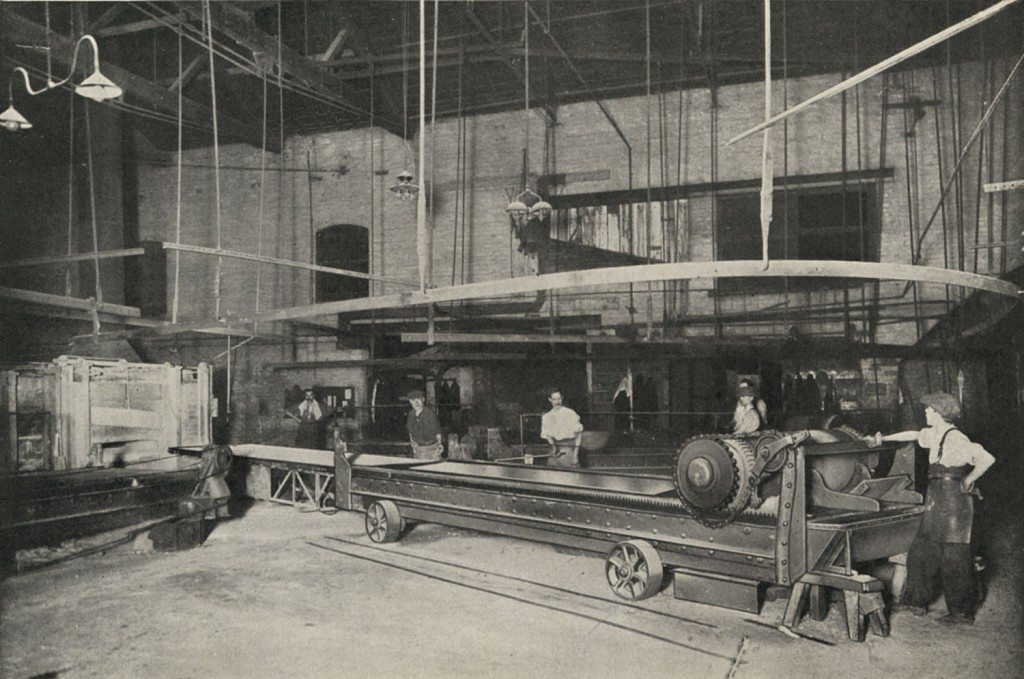Plate or Sheet Glass
Image: Manufacture of Rolled Plate Glass. Chance Brothers & Co., Limited, 100 Years of British Glass Making 1824-1924 (Smethwick and Glasgow, Chance Brothers & Co., 1924).
Image from: Local Studies and History, Birmingham Central Library
Blowing the “metal” into the form of a cylinder was the first stage of making sheet glass. J F Chance detailed the modes of production in his book. The workman judged the dimensions and thickness of the walls of these cylinders with a skill that could only be acquired after years of practice. The perfectly formed cylinder was then cut longitudinally and reheated in a flattening kiln or “lear” where it gradually opened out into a flat sheet, limited in size and thickness only by the weight of the glass that the blower could wield. The advantage over crown glass was that greater dimensions could be achieved in one single pane of glass, therefore, avoiding wastage. The disadvantage of this glass was an unevenness of surface and a comparative lack of brilliance. These shortcomings were soon resolved by the invention of grinding and polishing machines by James Timmins Chance.
« Previous in this sectionNext in this section »Continue browsing this section
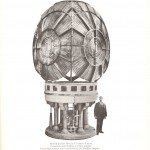 The Infinite Uses of Glass: Chance Brothers, Glassmakers of Smethwick
The Infinite Uses of Glass: Chance Brothers, Glassmakers of Smethwick
 Chance Brothers and Company
Chance Brothers and Company
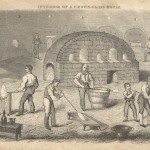 The Arrival of Expert Workers
The Arrival of Expert Workers
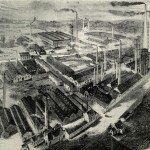 The Chemical Works
The Chemical Works
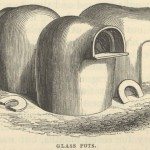 Types of Glass
Types of Glass
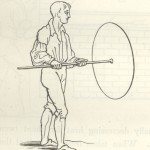 Crown Glass
Crown Glass
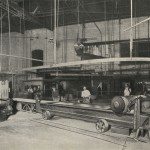 Plate or Sheet Glass
Plate or Sheet Glass
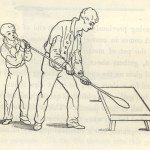 Flint Glass
Flint Glass
 New Technology
New Technology
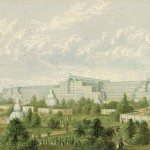 Glazing the Crystal Palace
Glazing the Crystal Palace
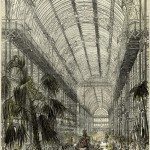 Glazing the Crystal Palace
Glazing the Crystal Palace
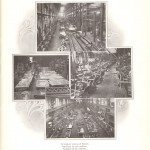 Lighthouse Production
Lighthouse Production
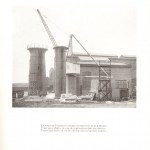 Lighthouse Production
Lighthouse Production
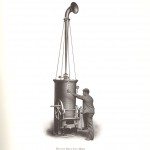 Lighthouse Production
Lighthouse Production
 Lighthouse Production
Lighthouse Production
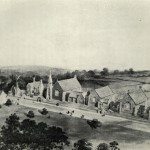 Company Philanthropic Activity
Company Philanthropic Activity
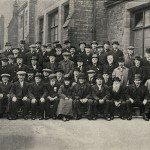 Relations between Workers and the Company
Relations between Workers and the Company
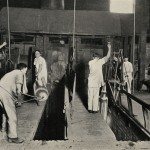 French and Belgian Workers
French and Belgian Workers
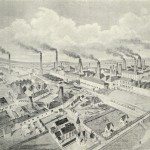 Description of the Glassworks
Description of the Glassworks
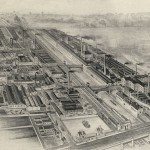 Description of the Glassworks
Description of the Glassworks



